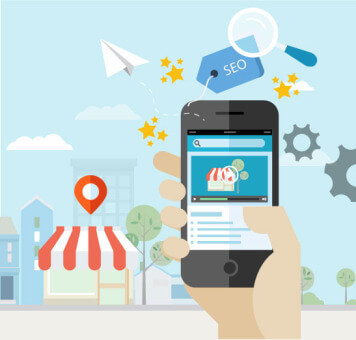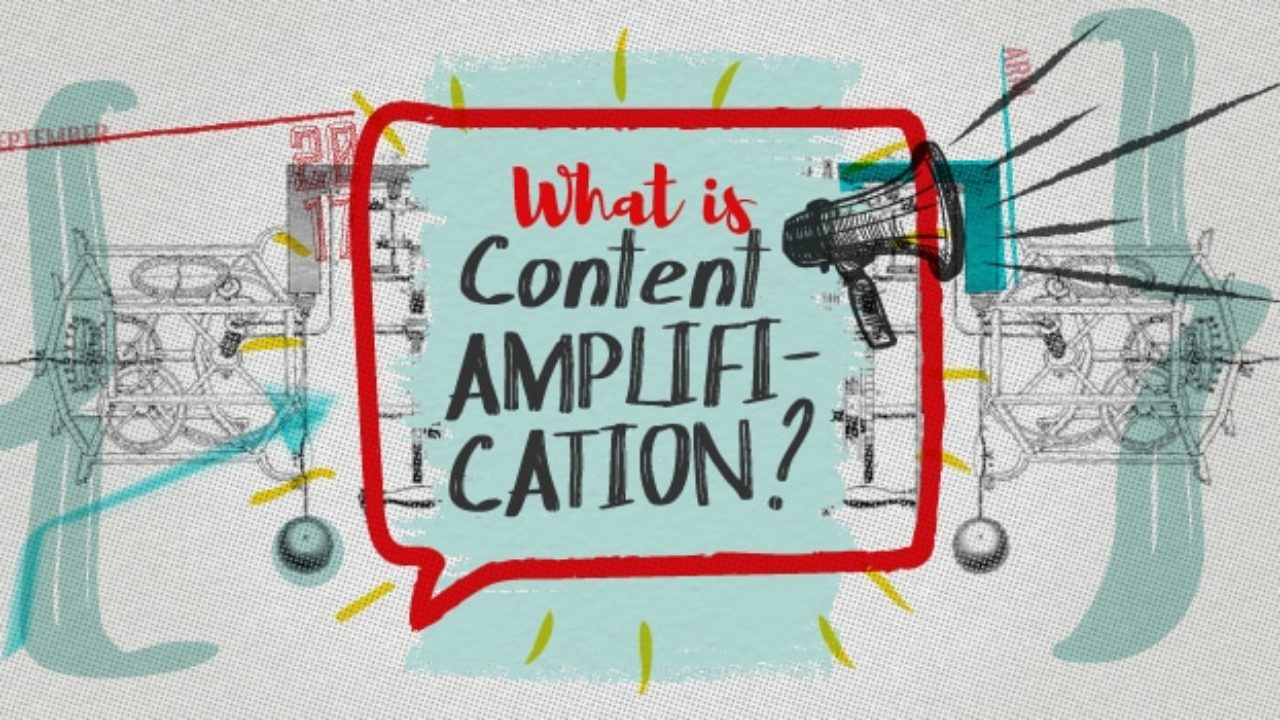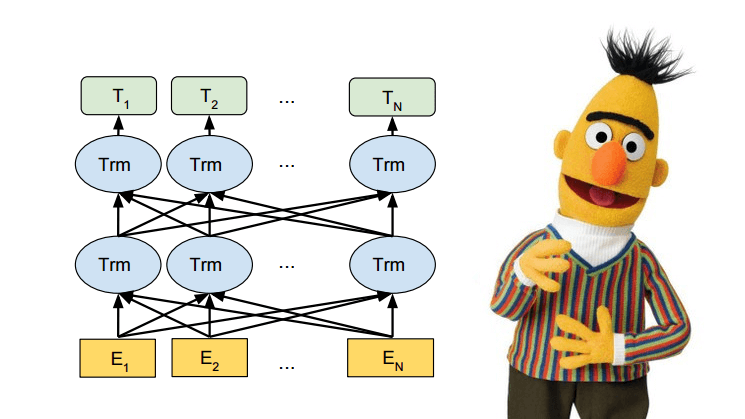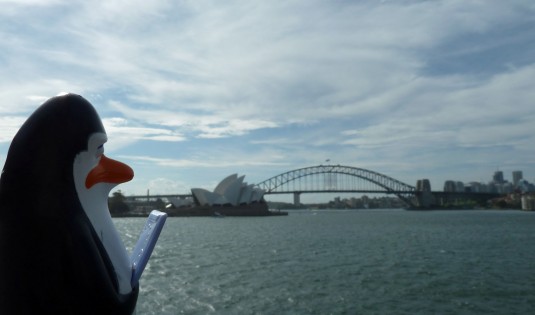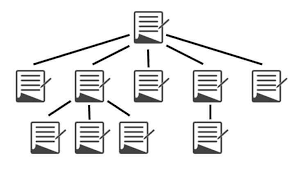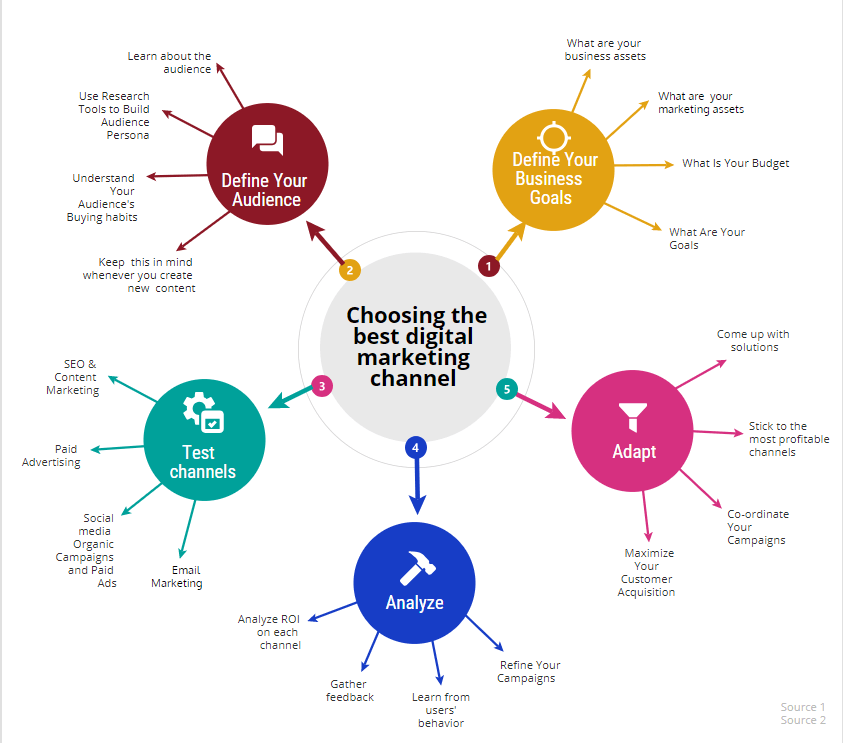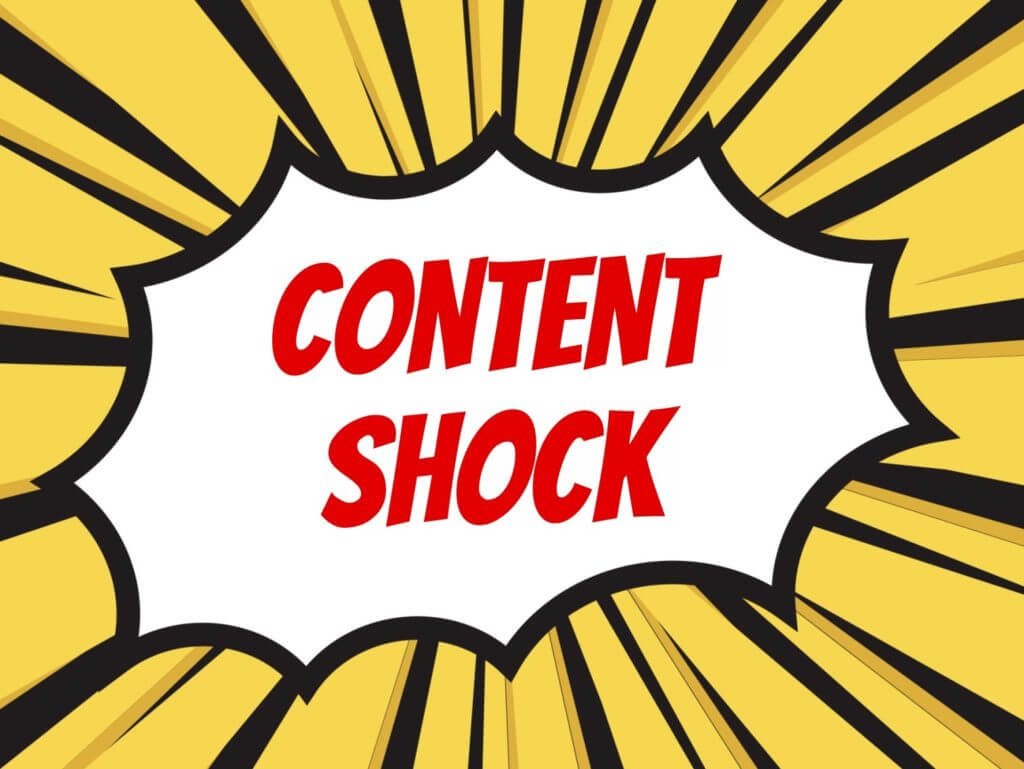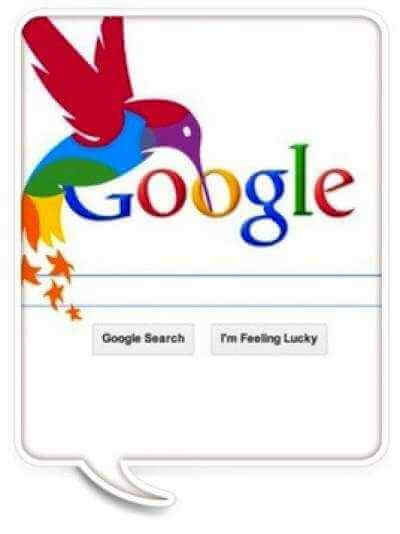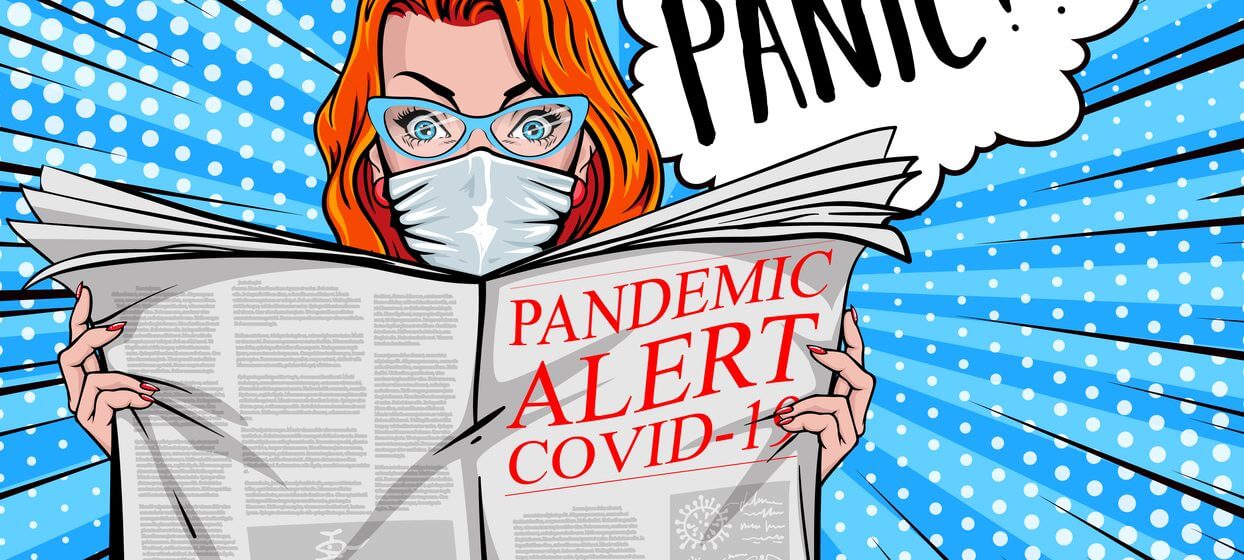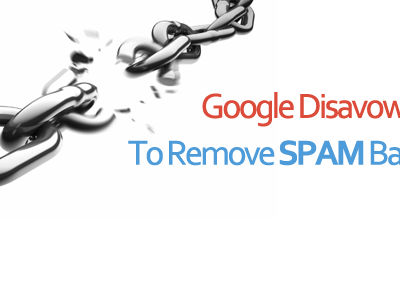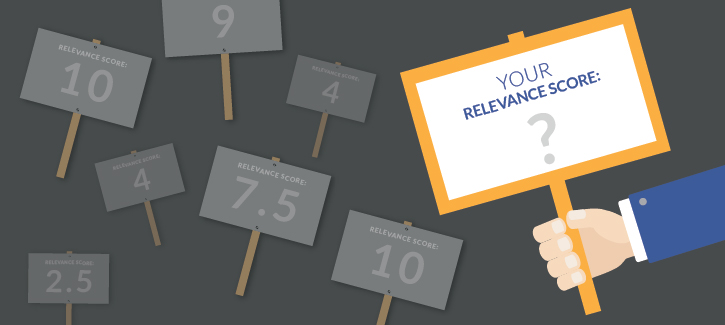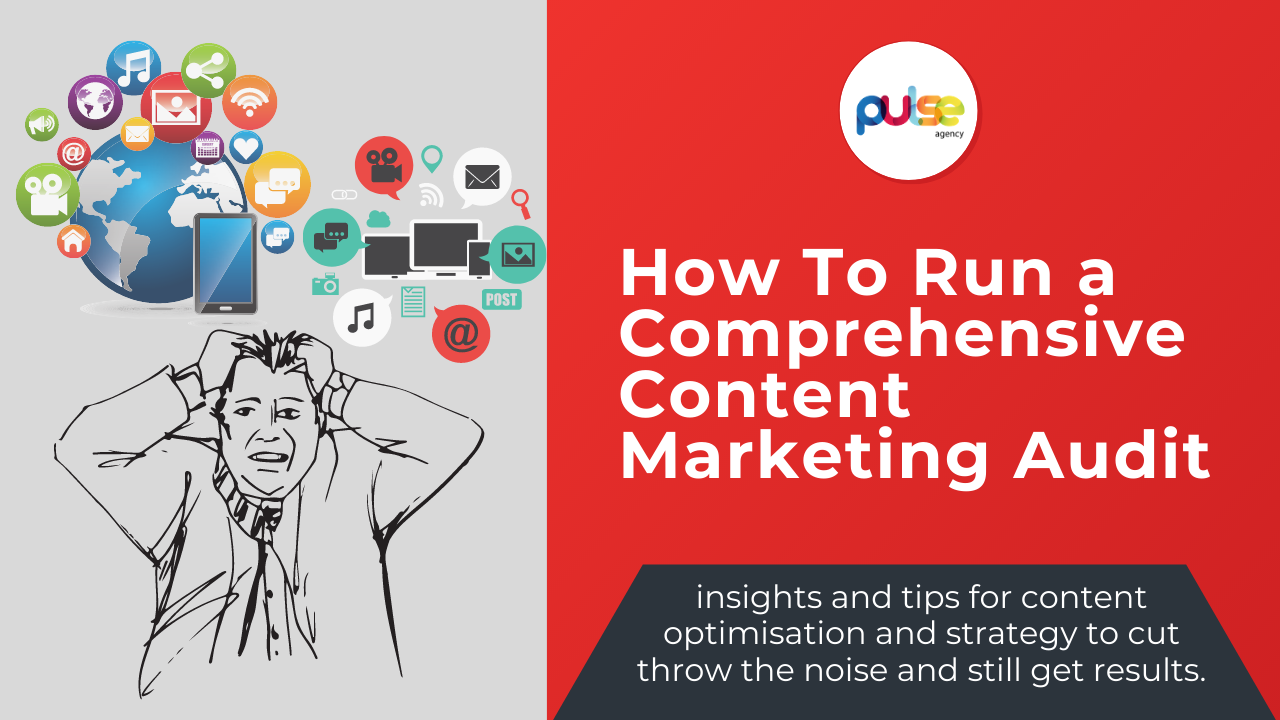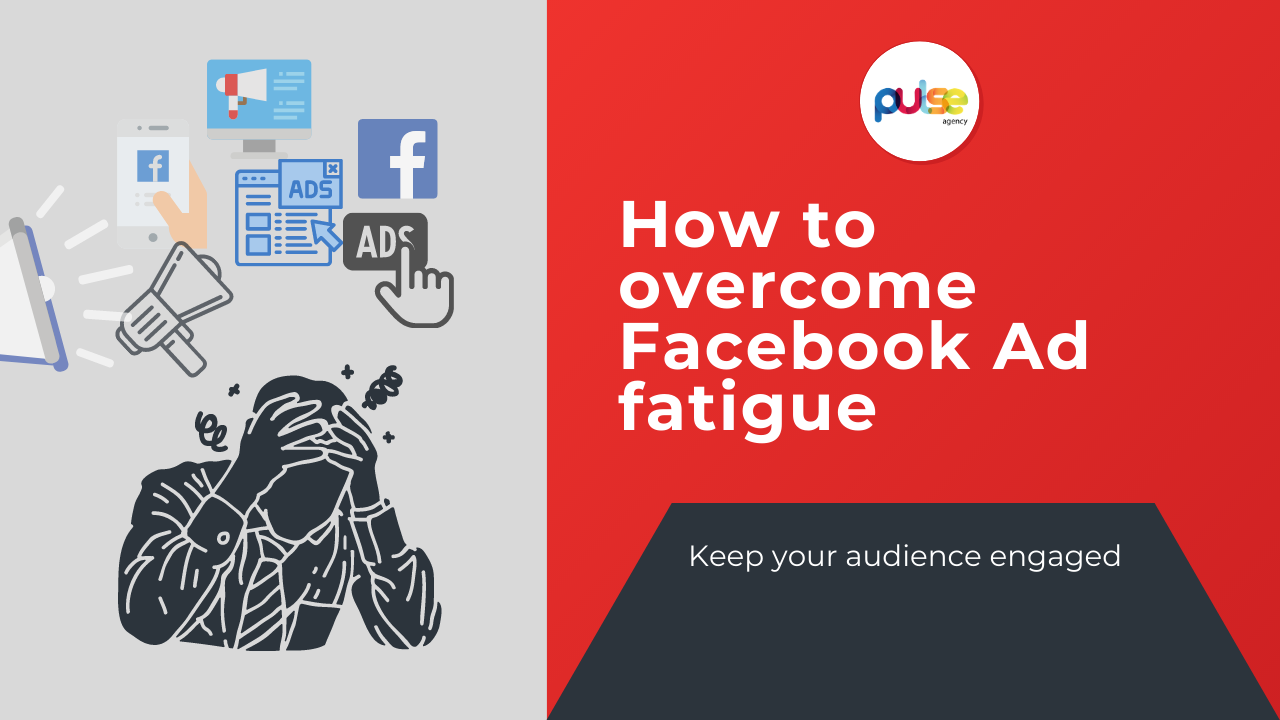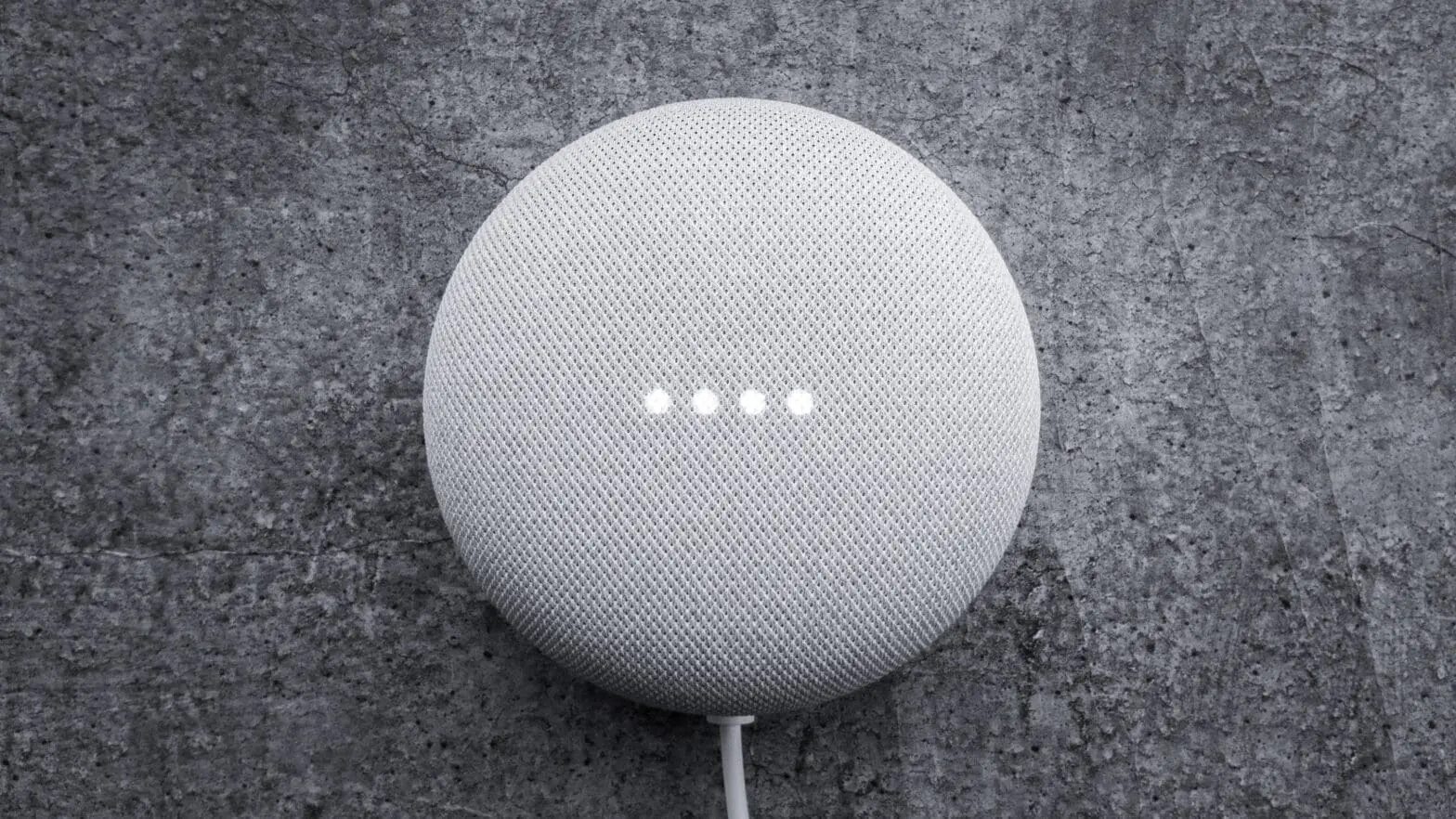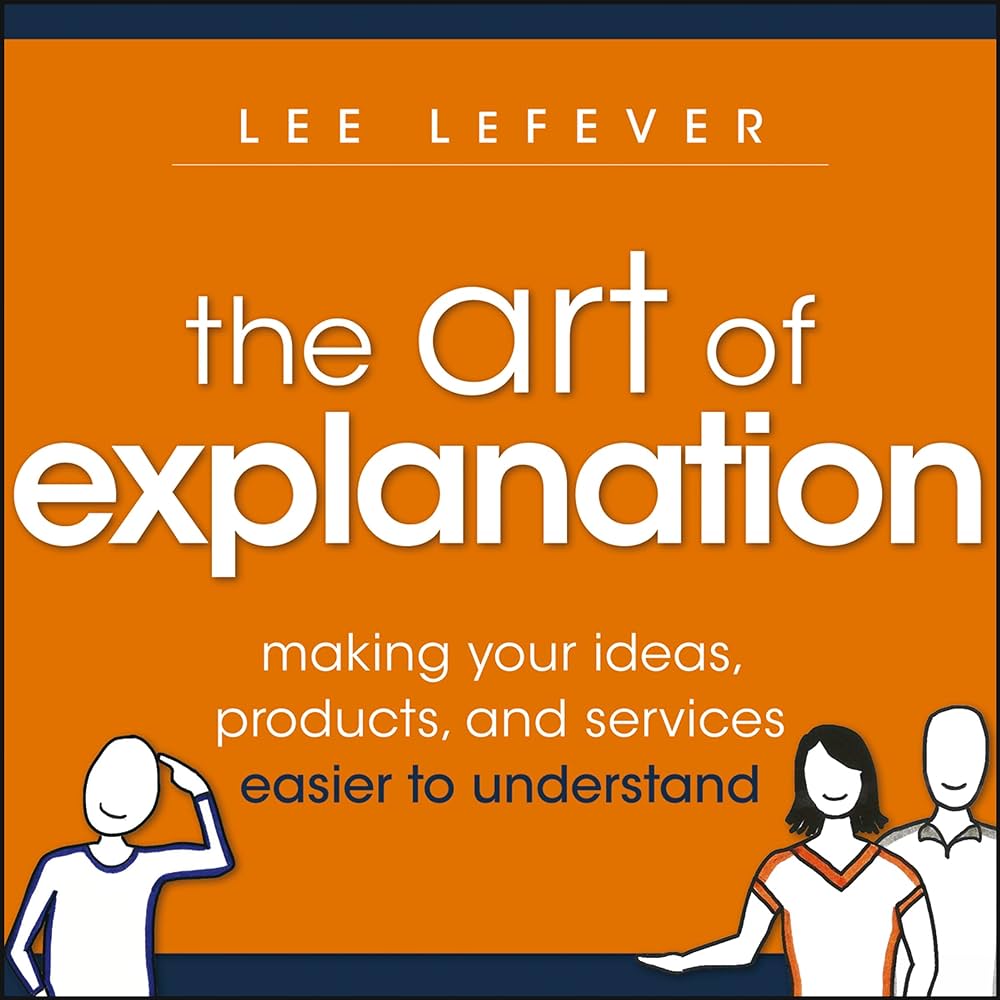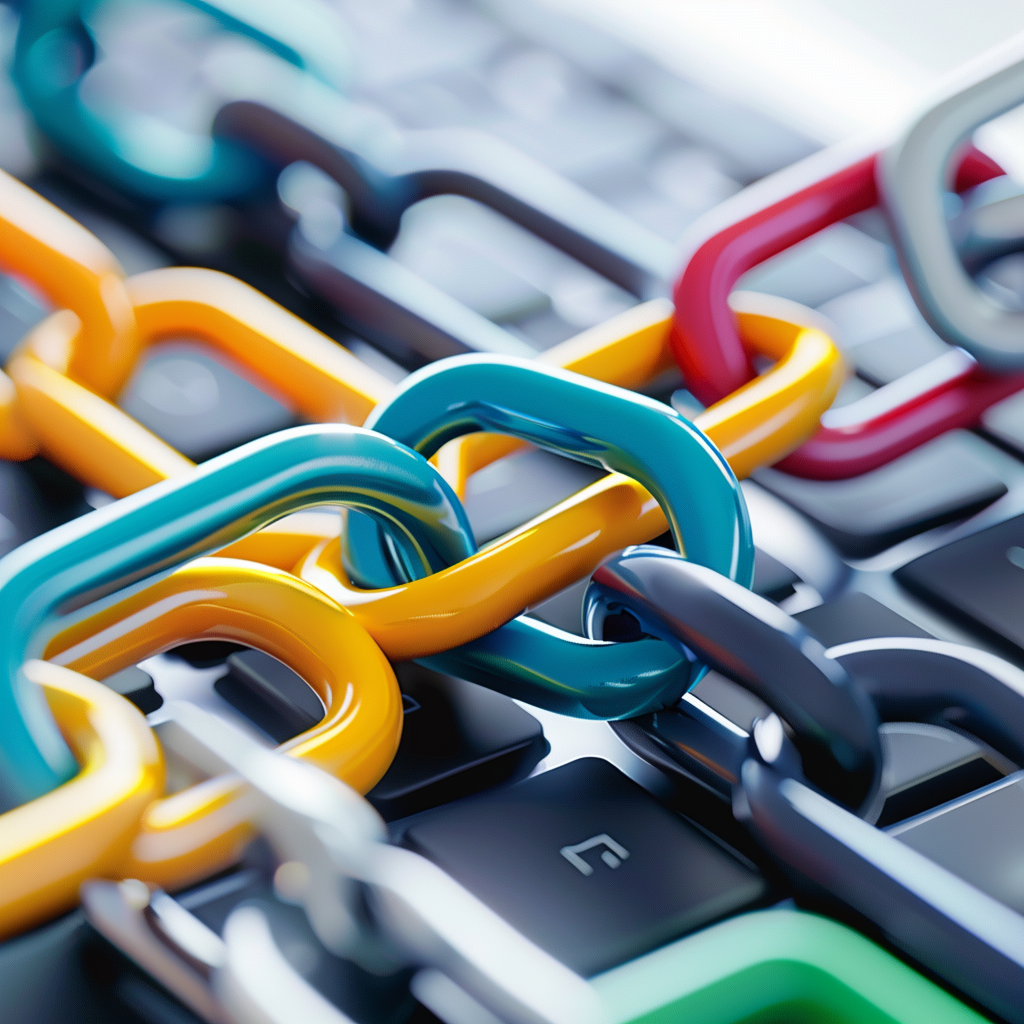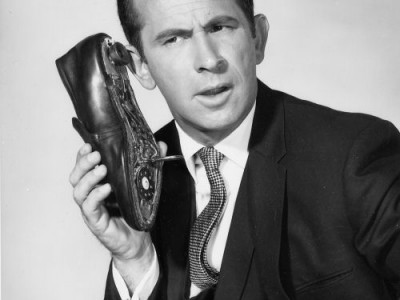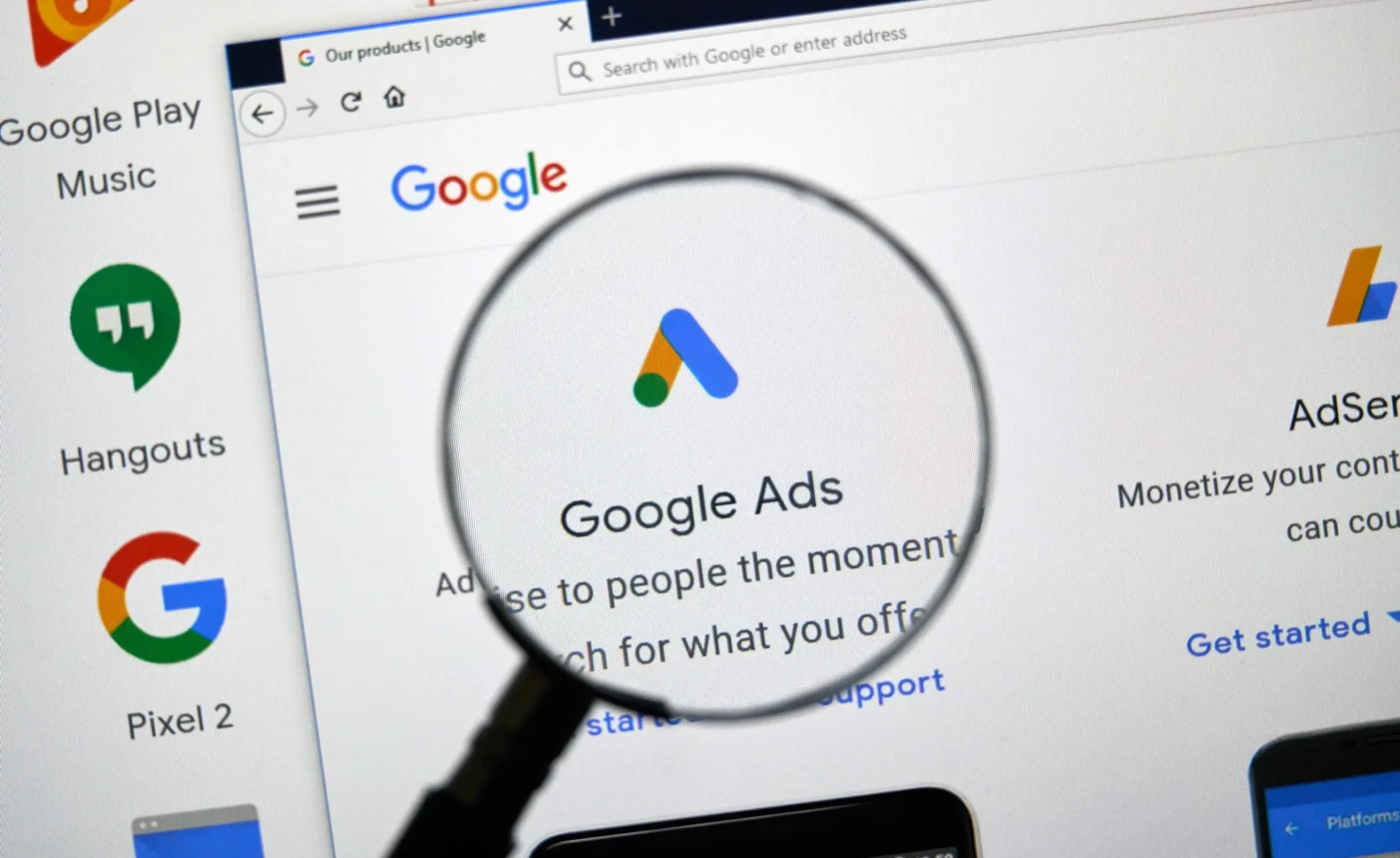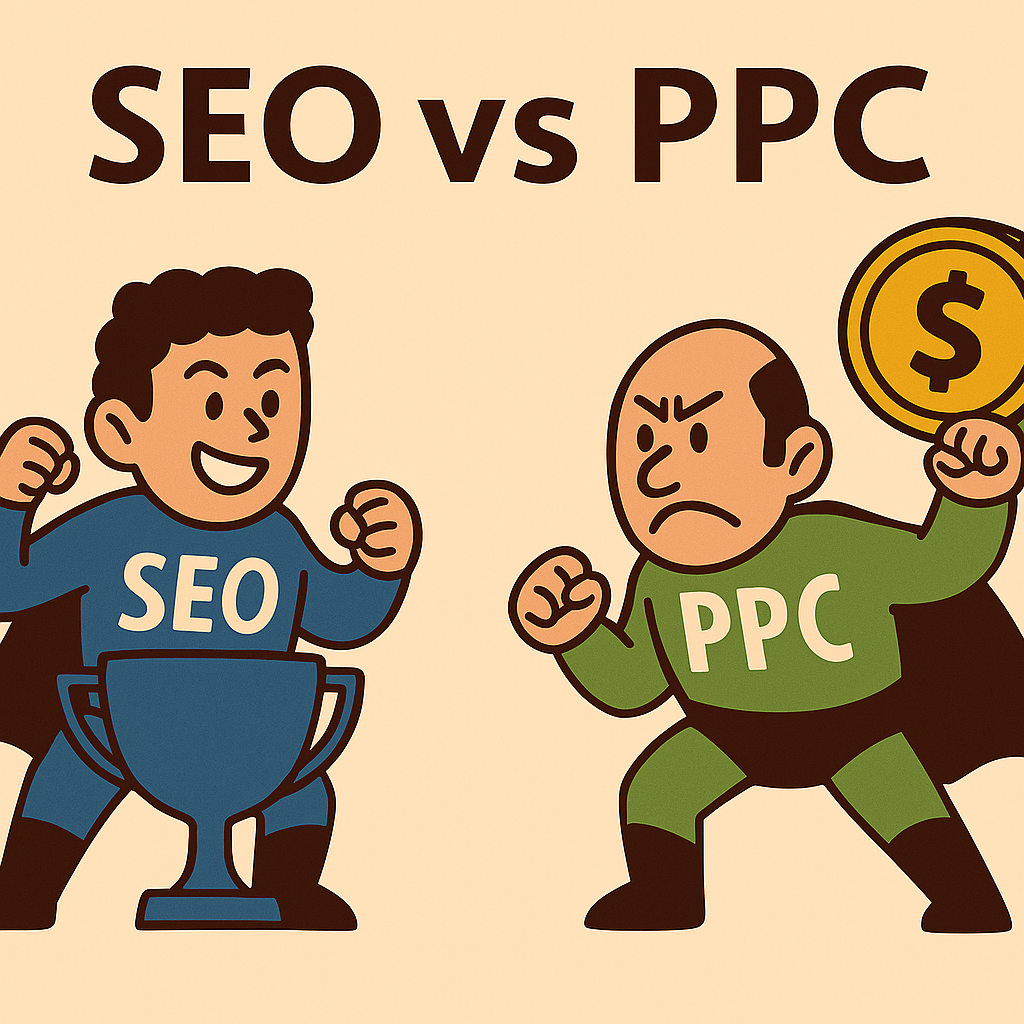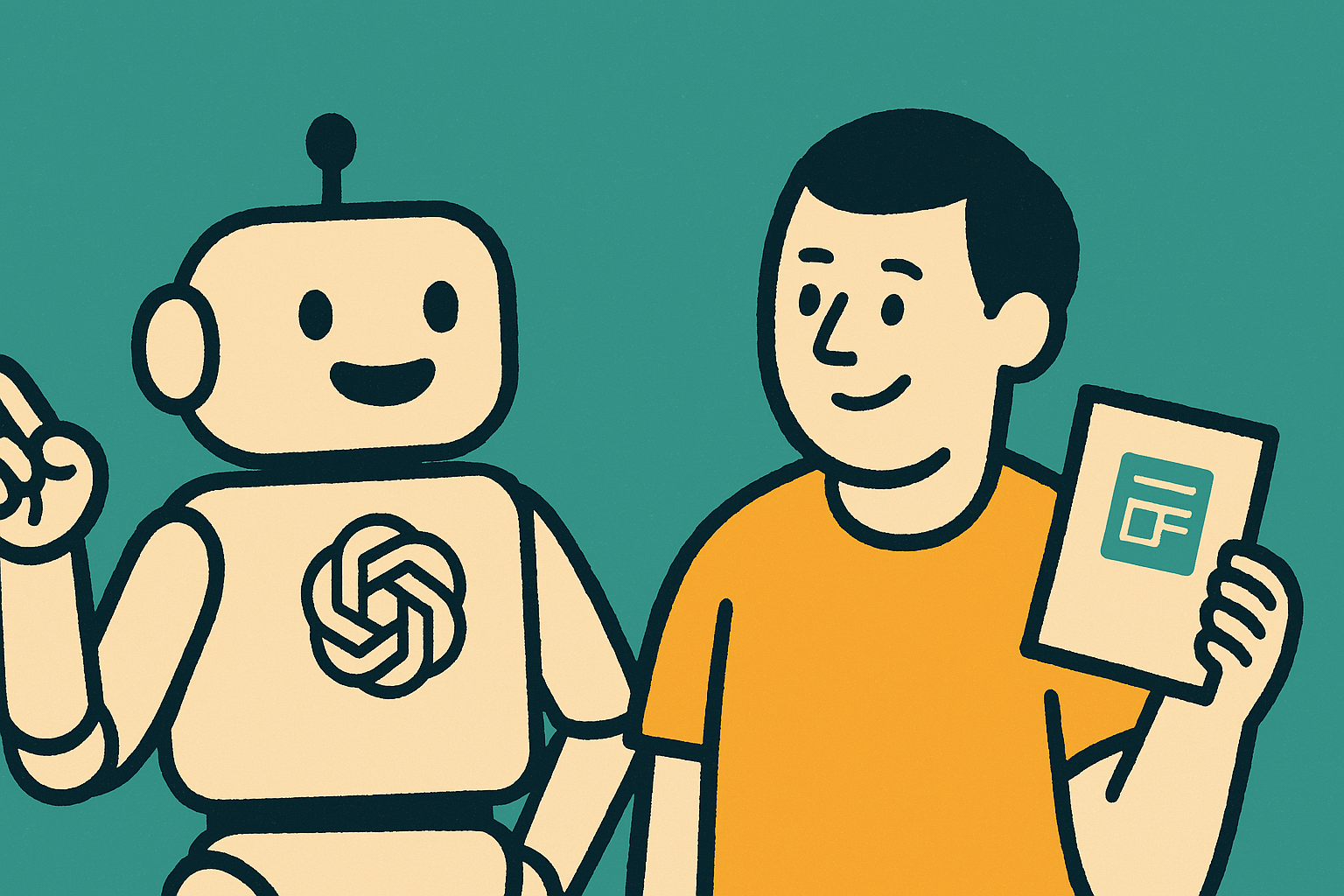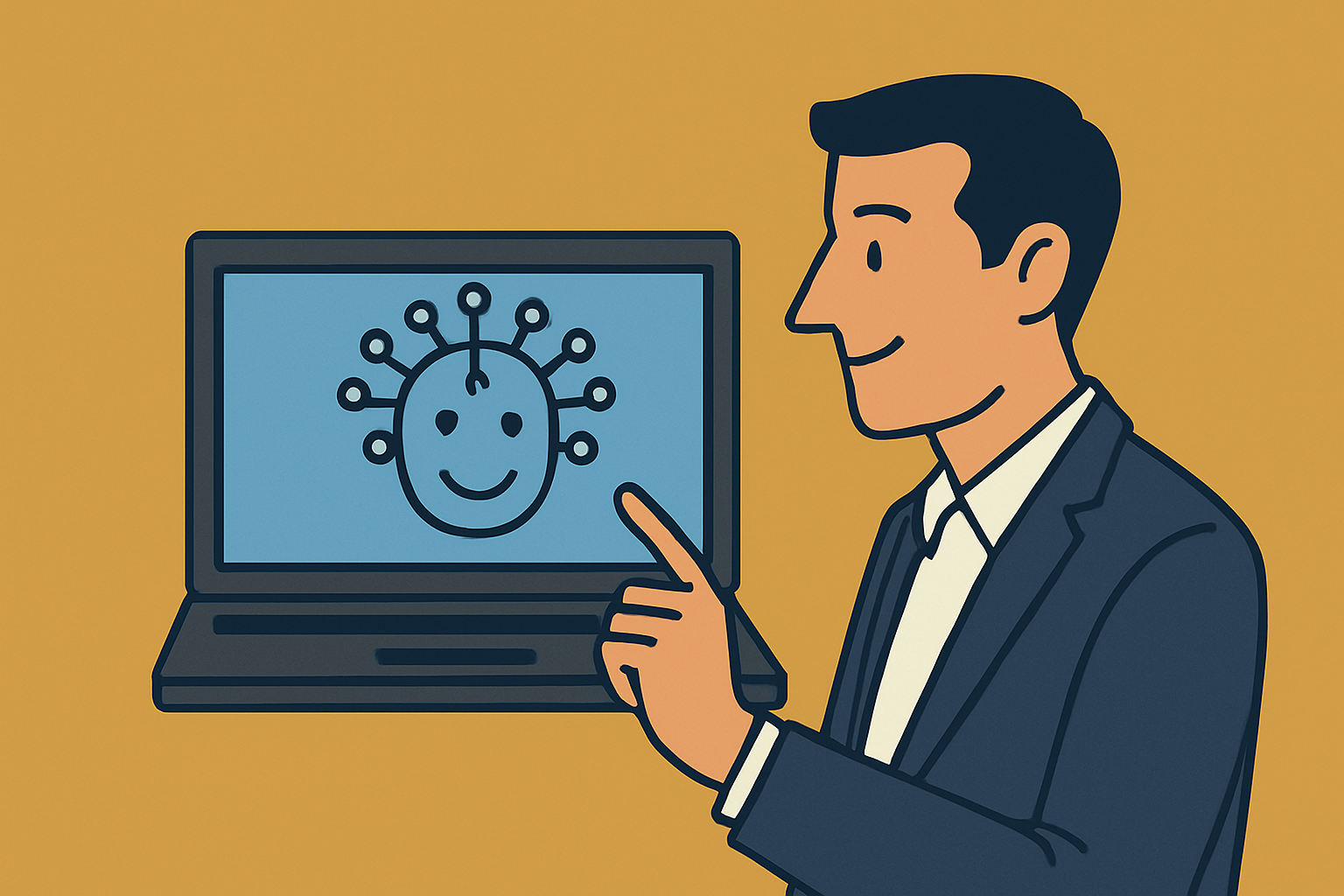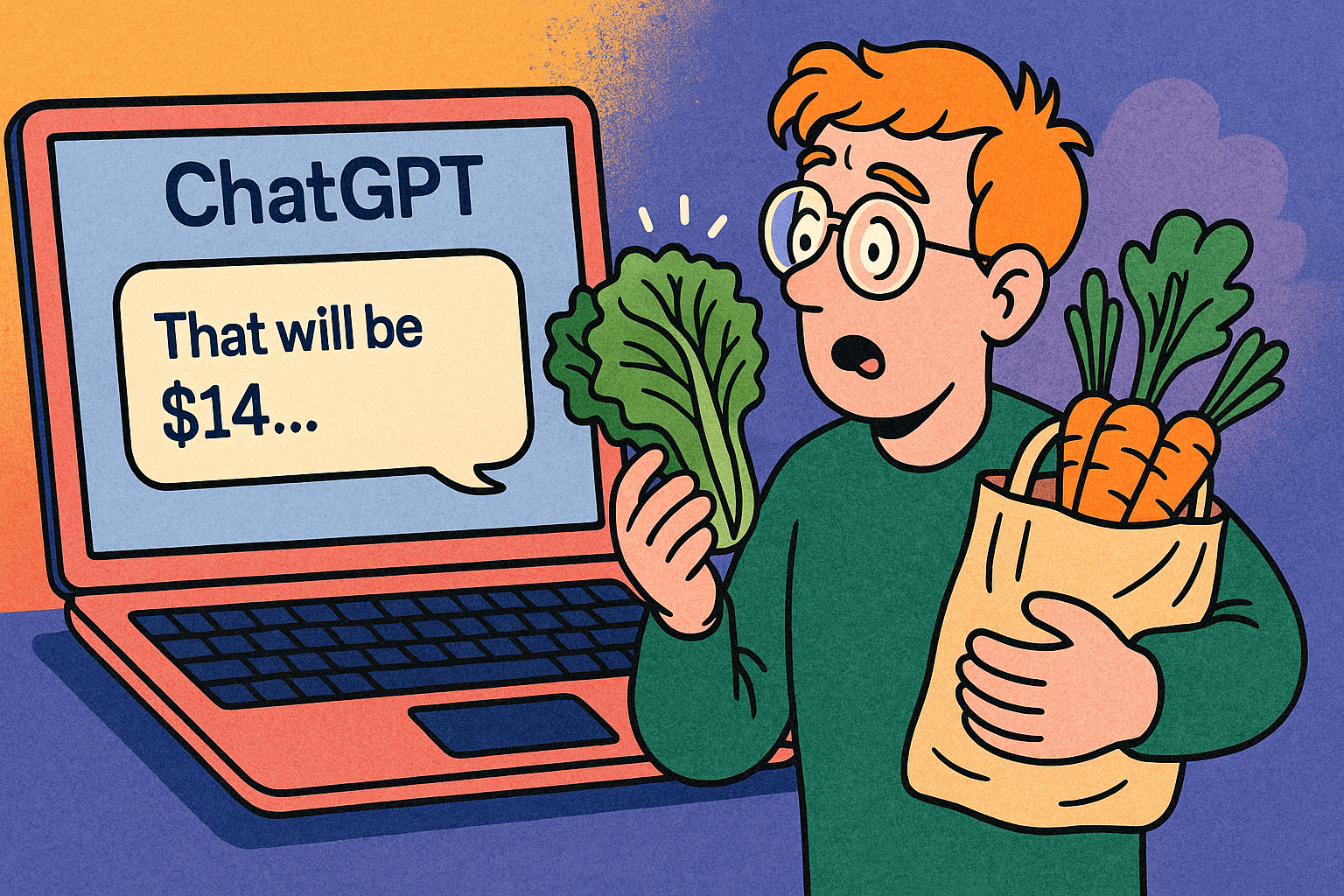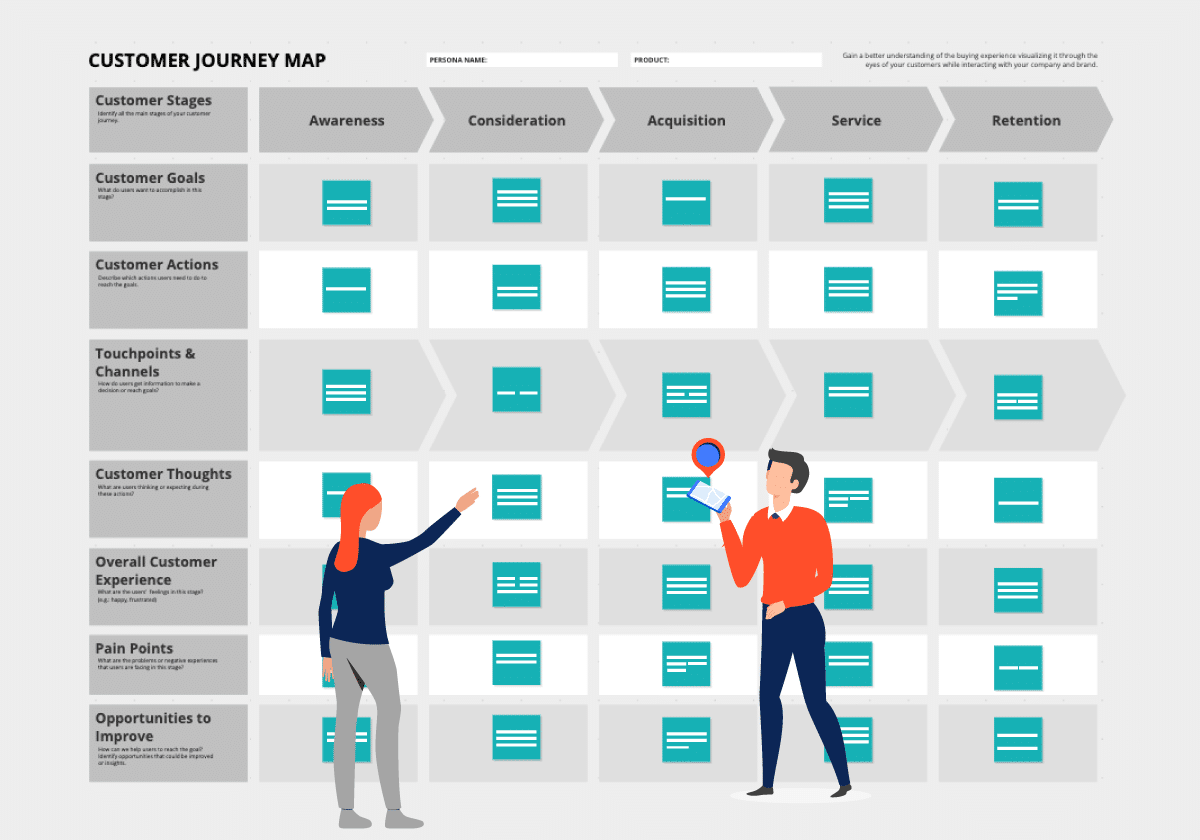
How to Create a Customer Journey Map (and Increase Conversions)
The other day, I ran into Peter, an old friend I hadn’t heard from for over a decade. He was interested in cooking more than anything else; he dropped school at 14 and used to work in small restaurants and pubs to make a living. I always thought he was intelligent and had great ideas, […]
The other day, I ran into Peter, an old friend I hadn’t heard from for over a decade. He was interested in cooking more than anything else; he dropped school at 14 and used to work in small restaurants and pubs to make a living. I always thought he was intelligent and had great ideas, but I never thought he would be a great entrepreneur one day.
It is with great surprise that I found out he now runs a successful catering business that generates around 10 million in sales annually. He never went to any culinary school or business school. He got money for his company by winning first prize in a popular TV cooking show. He somehow managed to open and maintain a risky business for years. I was in awe, so I invited him for a cup of coffee to catch up.
He told me that his secret weapon was his marketing strategy, in addition to his business sense and culinary talent. He knew exactly who he was addressing and how to speak to his targeted audience to make them purchase his products. In marketing terms, he managed to address all the pain points that helped the customers move through the journey map, turning them into loyal customers.
This post will explain everything you need to know about the customer journey map, how to create one, and how to use it to increase customer retention.
What Is a Customer Journey Map
A customer journey map is a visual representation of the customer journey (also called the buyer journey or user journey), from awareness and consideration to purchase and retention. Creating a journey map helps you tell the story of your customer’s experiences with your brand across all touchpoints.
Using Peter’s company as an example, which owns a restaurant chain and delivers chef-inspired foods made with natural, fresh ingredients to the client’s door, some steps of the customer journey map can include online and offline channels. For example, an entrepreneur can use pay-per-click campaigns, email campaigns, social media posts and reviews, radio-TV commercials, print advertising, and traditional PR strategies for the awareness stage. If you’re wondering why you’re putting so much effort into creating a Customer Journey Map, here’s why.
Why Is It Important to Use a Customer Journey Map
The customer journey map gives businesses complete visibility into their customers’ motivation, actions, and factors influencing their buying decisions. Whether your customers interact with you via social media, email, or other channels, mapping the customer journey visually helps ensure no customer slips through the cracks. Understanding the connections between touchpoints is crucial to continually improving your marketing and offering value to your most valuable users.
For instance, Peter knew that most of his target customers used social media (mostly YouTube, Facebook, TikTok, and Instagram) to stay in touch with his business. But he gradually included other complementary channels into the customer journey, like emailing (abandoned cart emails, thank you emails after purchase, etc.), call centre campaigns, and loyalty rewards, as they seemed to influence his audience’s decision-making positively. The techniques that successfully increase conversions should all be included in the customer journey.
Benefits of Creating a Customer-centric Company
In a world where customers are more selective than ever, a company that puts the customer at the core of its business is experiencing an increase in customer lifetime value and a reduced churn. And I think this is what helped Peter become a successful businessman.
Customer-centric organisations emphasise getting to know their customers and their needs before developing strategies and plans driven by sales or revenue considerations.
Peter knew best who his targeted audience was and what they liked and disliked. He started building his strategy on this. Instead of focusing on his products and their features, he designed his company from his customers’ perspectives, always considering their needs and the best ways to solve their problems.
According to Ann Lewnes, EVP and CMO of Adobe: “The term ‘customer experience exists in the organisation of the future. It will be so deeply entrenched in a company product, process, and culture that it will be synonymous with the brand and represent the only way to do business.”
But what can a budding entrepreneur do to become a customer-centric organisation?
How to Create a Customer Journey Map
There is no right or wrong way to create a customer journey map. However, before starting, consider two things. First, consider who your target customers are.
Your buying persona is a fictional character representing your average customer based on user and market research. Creating this persona aims to understand how your potential customers think, act, and feel. This is not intended to be a complete profile but a framework to help organise your thinking on how best to engage with each type of customer.
Once you’ve created your customer persona, consider the journey stages that make the most sense for your business based on your current state and activity levels. A relevant customer journey covers all the core functional areas where customers engage with your product.
Although journey maps may differ from brand to brand, most customers follow the same path: awareness, research, consideration and purchase. Understanding the goal of each stage of the customer lifecycle will assist you in deciding on actions that will persuade users to move to the next step, allowing you to meet their needs faster.
Then, it is time to identify the specific profiles or platforms the customer might use at each stage. For example, social media interactions are more likely to occur during awareness. At the same time, customer reviews might be necessary for a customer in the consideration phase.
How to Measure The Customer Journey
Your customer journey is all set, but sometimes, some customers fall through. To fill in the gaps, ask yourself some questions: Am I delivering a good customer experience? Is there anything I could do to engage the customer better at crucial journey stages? You could go straight to the source to answer your customers’ questions.
Organise interviews, surveys, and questionnaires and analyse and collect responses to help detect problems in the buying process.
Here are some key indicators that can tell you whether or not you’re delivering on the customer that should be at the heart of everything you do.
This is again what helped Peter rise to fame. His team was in constant touch with his customers. They never missed a question from the public. They thanked me for the positive reviews and always considered clients” remarks to improve their products and services. This is what a successful business does.
Churn rate
Companies that focus on retaining existing customers are more likely to become successful than companies that focus on gaining new customers but fail to keep them. And there is no better way to improve retention rates than understanding what makes people leave or remain loyal customers. The churn rate is calculated by measuring the number of customers who left in the last 12 months divided by the average number of total customers (during the same period). A low churn rate would most likely mean your company is on the right track, whereas a high churn rate would mean, for some reason, you are losing customers fast.
Peter had customers who had ordered from him for years. They loved his products so much that they would never go to a different supplier. His churn rate was meagre, which is the best sign of success for any business.
Customer lifetime value (CLV)
Customer lifetime value (CLV) is the total value a customer brings to your business, not just the money they spend.
Your customer lifetime value (CLV) is the total value of all purchases a customer associates with your company. It differs from a revenue number because it considers all revenue-generating activities, both favourable (buying products and services) and negative (receiving any refund or reimbursement). A high CLV means that customers who are loyal to you will likely continue to do business with you in the long term and may be more likely to recommend you to others.
Net Promoter Score
NPS is a simple, easy-to-understand measurement of customer loyalty. The score measures the number of customers who recommend your products to others (friends, family, colleagues). The more Promoters your business has, the healthier it is. This is where Peter’s business gained many points. He received so many client recommendations that sometimes he found it challenging to get all the orders. He had to expand his team and bring in new talents to help him.
Customer Satisfaction Survey Score
CSAT surveys measure customer satisfaction before, during, and after interactions with your brand. They allow you to quickly identify problem areas in your customer experience and help improve your overall customer satisfaction.
Customer Usage Data
Analysing website and online behaviour related to your products and services will provide insight into how your customers use your products, which customer behaviours are likely to lead to a purchase, and which features of your products and services are most appealing to your target audience. Marketers can create sophisticated customer segmentation based on essential data like time spent on site, most purchased products, product ratings, and demographic and behavioural characteristics.
Types of Customer Journey Maps
The correct customer journey map is the best choice for attaining your company’s business goals.
The three most common types of customer journey maps that you can use are :
Current state map: This one shows how the customer interacts with the company and tries to identify weak spots in your communication process. Current State is a modern, user-centric platform that helps businesses improve their interactions with new and existing customers.
Future state map: Future-state journey maps are one of the most effective ways to improve marketing processes. These state journey maps focus on the possible future actions (or lack thereof) based on your communication with them. They make it easier to predict what your customers might do next (and even prevent them from doing something they regret). The map also shows the relationship between different actions and consumer outcomes.
Day in the life map: This customer journey map focuses on the customer’s experience at each step. This customer journey map aims to frequently understand users’ pain points and issues to refine products and services and make them more effective so that customers can integrate solutions into their daily lives.</sp<>
Examples of customer journey maps for different types of businesses (SaaS, eCommerce, and brick-and-mortar stores)
Peter has an e-commerce business and a restaurant chain, so he uses different customer journey maps. Whether a SaaS, eCommerce, or brick-and-mortar store, each type of business should use the correct customer journey map to visualise the entire buying process. So should you if you want to become successful.
Fortunately, there are plenty of free resources and online tools. With Uxpress, you can quickly create and share professional customer journey maps, impact maps, and personas with your team. Hubspot offers seven free customer journey map templates that Hubspot can customise for any business. Tools that allow you to quickly create professional journey maps for various companies are Dribble, LucidChart, FlowMap, Aerolab, and Figma.
I said goodbye to my friend and thanked him for the lesson I learned from him. He found his way in life and maintained his business in a complex and competitive environment. Most importantly, he never doubted himself, and with a clear strategy in mind, he never stopped pursuing his dreams.



